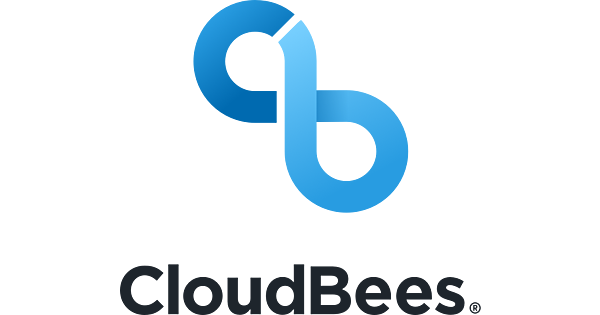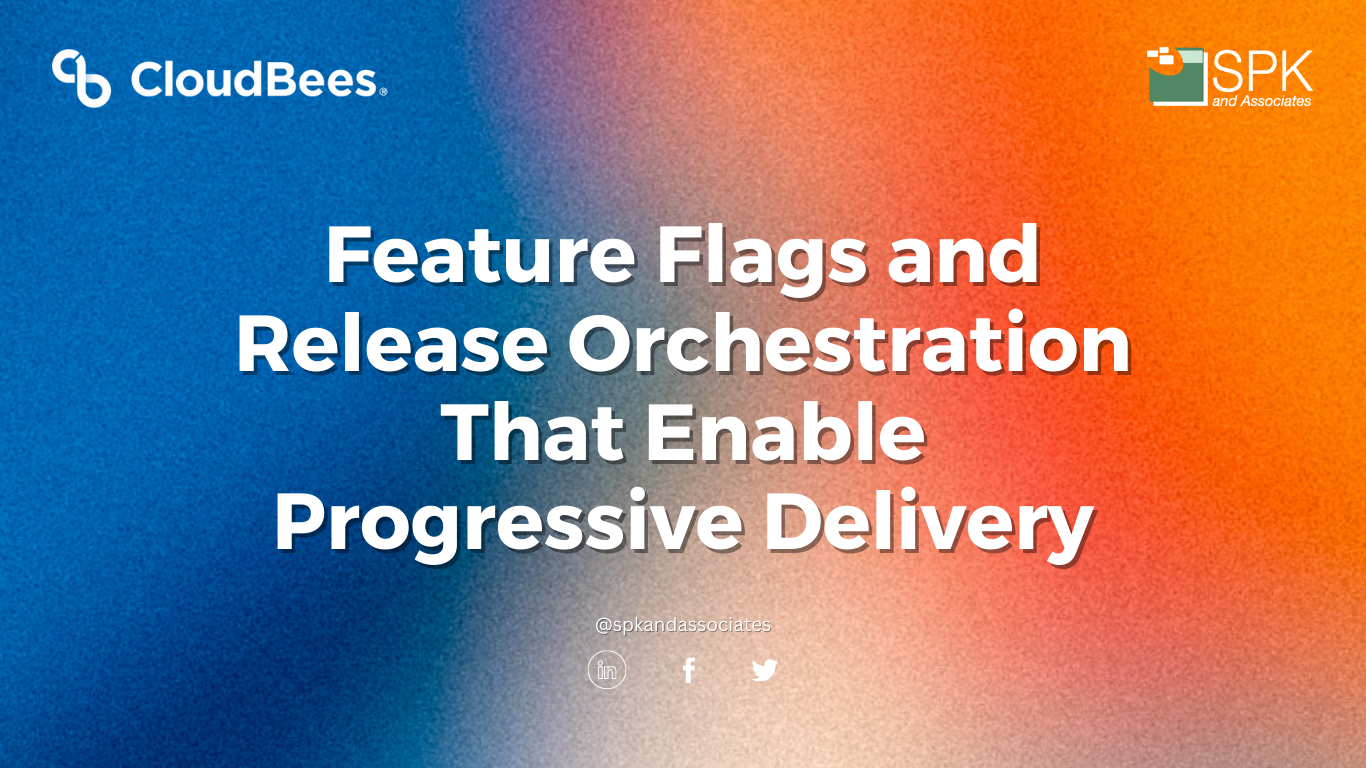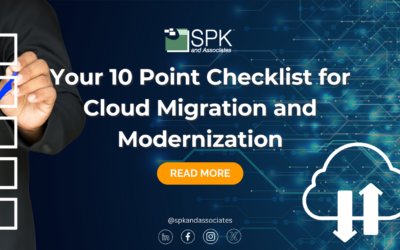Building out a great release process? You may benefit from using CloudBees feature management solution.
When you’re building your release process, you may notice issues arising. For example, as a result of working at the wrong layer of abstraction when you deploy a new version of your application. It’ll often contain many different changes.
If part of this deployment causes an issue you have to roll back everything. In fact, you’ll have to roll it back to the previous version. But, the chances are only a small part of the changes caused the issue. That means one problematic piece prevents users from being able to see any of the other new features. Until it’s resolved or pulled out.
However, this can be easily avoided by considering the specific features and not just the bundled release versions. Now let’s explore how CloudBees can help you achieve this with feature flagging and progressive delivery.
CloudBees Feature Management Solution
New functionality will be wrapped in feature flags. This is effectively a conditional statement which determines whether or not to run that piece of code.
With the CloudBees feature management solution you get a dashboard where all these flags can be viewed and toggled on or off. And, with every flag there is a kill switch if for whatever reason the feature is bad. For example, functionally where it’s causing issues or if it’s just not a good feature. With CloudBees feature flags it can be turned off for everyone.
Developers love this because it enables them to get their code into the hands of the end users faster. Additionally, it gives assurance that it can be turned off instantly.

Bringing CloudBees feature flags into your release process helps you achieve progressive delivery. That means whenever a developer adds a new feature they put it behind a feature flag. Then, once the application is deployed into production, the release pipeline can progressively scale up the number of users that are seeing the feature. And, it can start all the way down from zero percent of your users, moving up until 100 percent of your users seeing the new functionality. Or, if there happens to be an issue related to that flag it can be turned off automatically.
Get started with CloudBees Feature Flags And CloudBees Feature Management Solution
Interested in learning more about building out a progressive delivery process? Or need some help getting started with CloudBees? SPK are CloudBees partners. We know all the in’s and out’s of CloudBees architecture and functionality. Additionally, we have direct links in to the team at CloudBees. That means if an issue arises that needs additional technical support, we can take that headache away from you faster.
Contact our team of CloudBees experts here.






